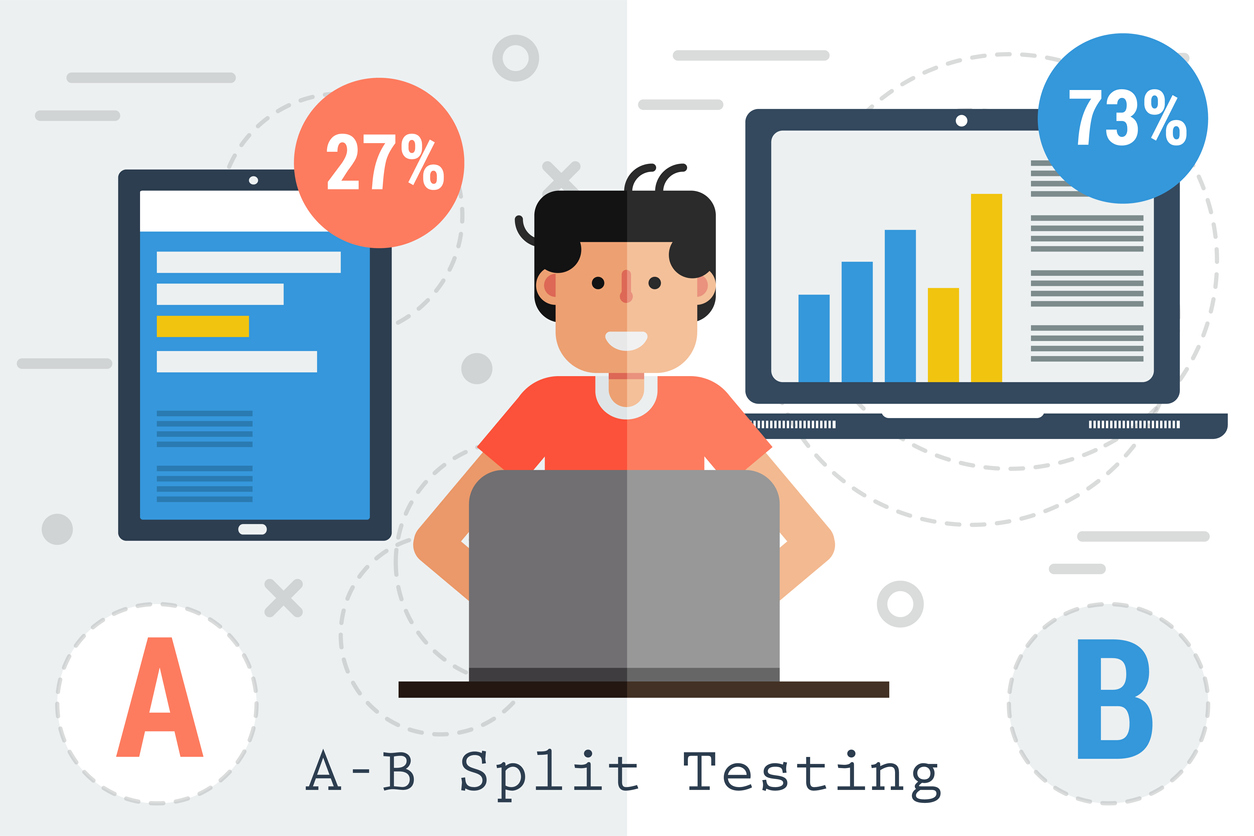
Mastering the art of A/B testing
In the fast-paced world of digital marketing, the need to constantly improve and optimize campaigns is more important than ever. One of the most effective strategies for achieving this goal is A/B testing. A/B testing allows marketers to test two different versions of an ad or landing page and determine which performs better. And with the arrival of Google’s responsive search ads, A/B testing has become even more powerful.
Book a 30 minute call
Reserve 30 minutes with a strategist and get 30 hours worth of value.
In this blog post, we will show you how to run A/B tests with responsive search ads and get the most out of your campaigns.
1. Start with Clear Objectives
Before you run any A/B test with responsive search ads, it’s essential to have clear goals and objectives. What are you hoping to achieve with this test? Do you want to improve click-through rate, conversion rate, or decrease cost per acquisition? Once you have your objectives in place, create two variations of your responsive search ads. Make sure to change specific elements such as headlines, descriptions, and calls-to-action. Remember, the changes you make should align with your objectives.
2. Analyze and Record the Results
Once you have your two variations of responsive search ads up and running, you need to analyze and record the results. Pay attention to key metrics such as impressions, clicks, and conversions. Use this data to compare the performance of your two ads. It’s also a good idea to conduct your A/B tests over a reasonable period, typically between 2 and 4 weeks. Once you have enough data, compare the results to determine which ad is performing better.
3. Optimize and Iterate
After determining which ad performed better in your A/B test, it’s time to optimize and iterate on that ad. Take note of the elements that contributed to its success and incorporate them into your next variation. Make small tweaks to your responsive search ads and continue to run A/B tests, always striving for improvement. Remember to monitor the performance of your campaigns regularly to ensure your ads remain effective.
4. Leverage Automation
While A/B testing can be time-consuming and labor-intensive, there are ways to simplify the process. Google Ads provides AI-powered automated A/B testing features that can save you time and help you make data-driven decisions. The Responsive Search Ads feature, for example, automatically tests different ad copy combinations and determines the best-performing version.
5. Keep Learning and Improving
As the world of digital marketing continues to evolve, it’s crucial to stay up-to-date with the latest trends and best practices. Read blogs, attend webinars, and network with other marketing professionals to gain new insights into A/B testing and other optimization strategies. Never stop learning and experimenting to find the perfect formula for success.
Conclusion
A/B testing with responsive search ads can be a powerful tool for optimizing your digital marketing campaigns. By setting clear objectives, analyzing and recording results, optimizing and iterating on your ads, leveraging automation, and keeping learning, you can achieve better results and a higher return on investment. So, what are you waiting for? Start running A/B tests with your responsive search ads today and see how it can transform your marketing strategy.
Itching for more fantastic digital marketing content? Sign up for our next monthly Growth Clinic where experts share their latest secrets for excelling in B2B and B2C marketing.
Most newsletters suck...
So while we technically have to call this a daily newsletter so people know what it is, it's anything but.
You won't find any 'industry standards' or 'guru best practices' here - only the real stuff that actually moves the needle.







